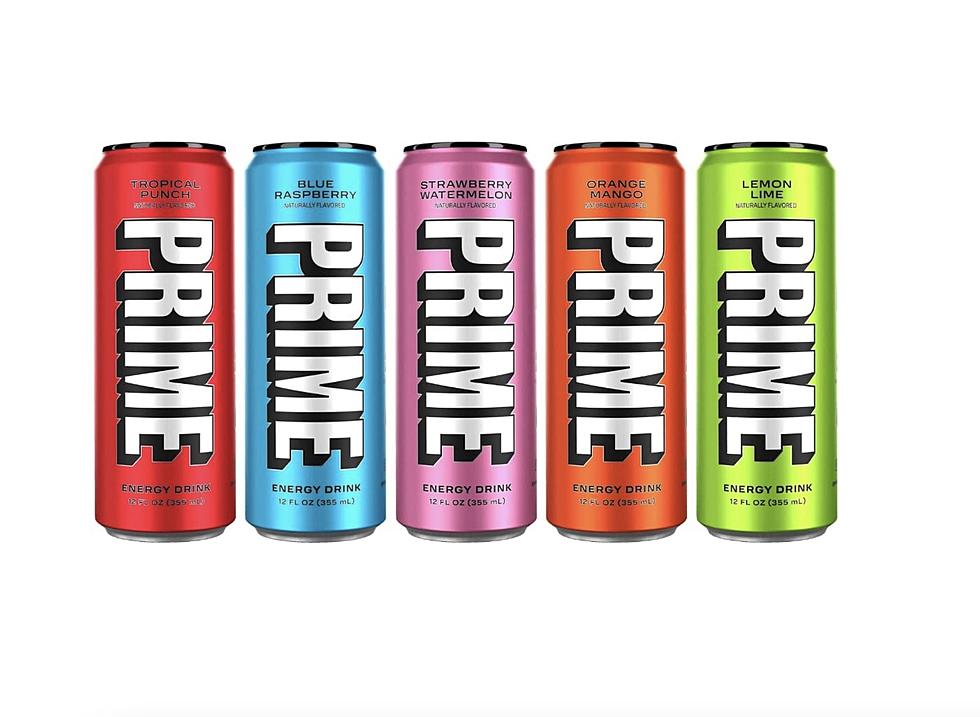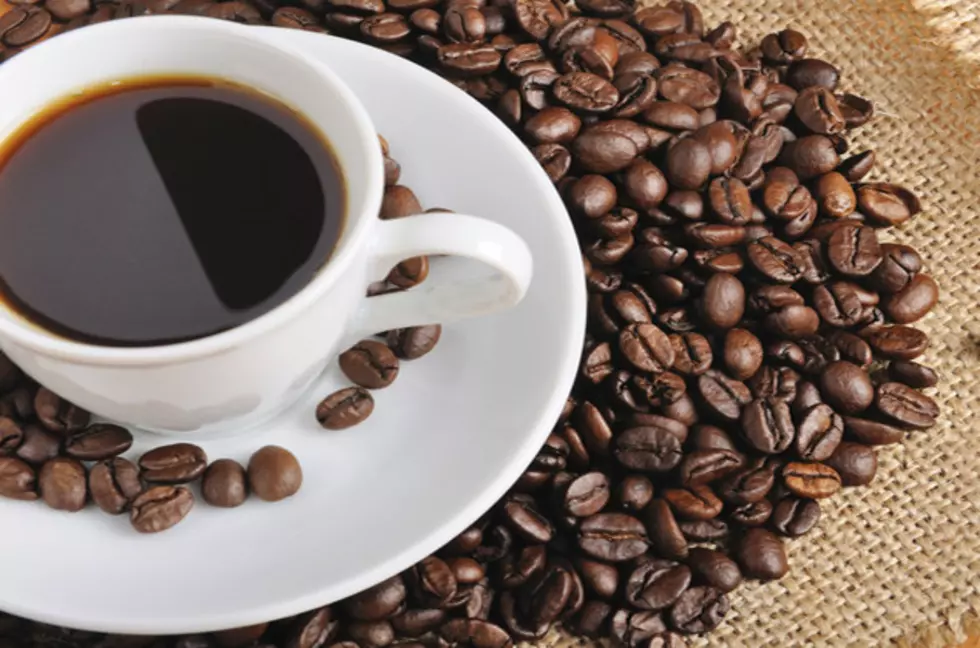
One Energy Drink Has a Senator Asking the FDA to Investigate
When you look at some of the world's most addictive drugs you might not even consider caffeine in the top three, but according to the Centers for Disease Control and Prevention, 80 percent of the U.S. population consumes caffeine on a daily basis.
In the '90s there began an influx of coffee houses, which are still extremely popular. Then in the 2000s, Red Bull was all the rage with people looking for a quick kick to wake up or stay awake.
Now there is no shortage of drinks that offer energy. There are dozens upon dozens of energy-branded drinks on the market, but what do they really offer?
When You Pick Up Your Favorite Beverage, How Much Caffeine Are You Getting?
- If you drink a 12-ounce Coke you end up getting 34 mg of caffeine.
- If you drink a 12-ounce glass of tea you end up getting between 34 - 90 mg of caffeine depending on the tea you choose.
- If you drink a 12-ounce can of Red Bull you end up getting 114 mg of caffeine.
- If you drink a 12-ounce cup of coffee you end up getting 160 mg of caffeine.
- If you drink a 12-ounce can of Prime Energy drink you end up getting 200 mg of caffeine.
The 200 milligrams of caffeine in Prime Energy has prompted New York U.S. Chuck Schumer, according to Reuters, to say he thinks the U.S. Food and Drug Administration should investigate the product and especially to see if it is being marketed to children.
Influencers Logan Paul and KSI are responsible for taking this product to market, and it has become a sensation. But, Schumer thinks it's also become a sensation to people under 18, and he thinks it's dangerous.
Senator Schumer said at a press conference in New York -
When you are looking at the list above you might be rethinking how much of certain beverages you might concern as the caffeine can really add up.
Six Pictures From Acadiana You Can Smell With Your Eyes
More From 92.9 The Lake





